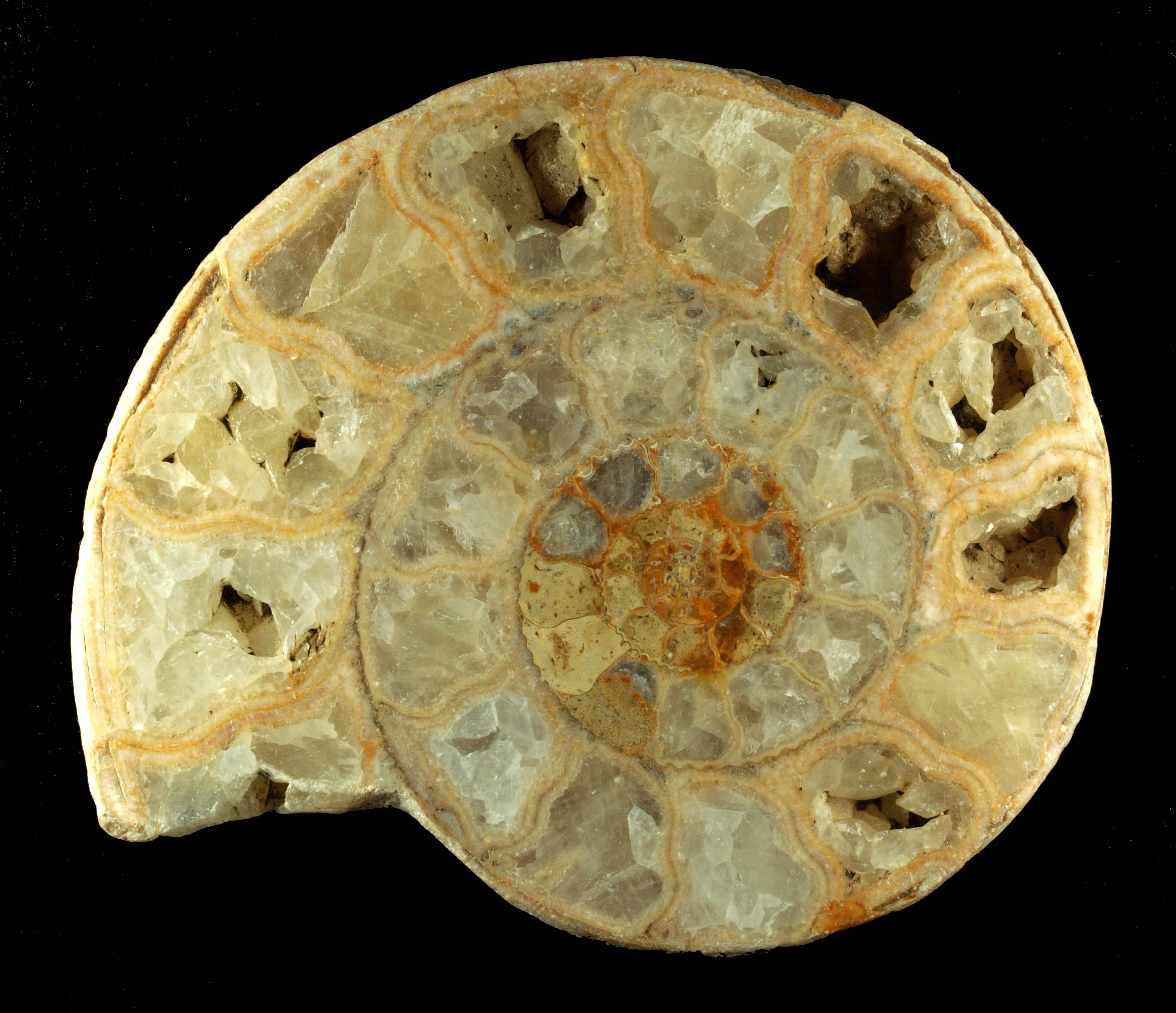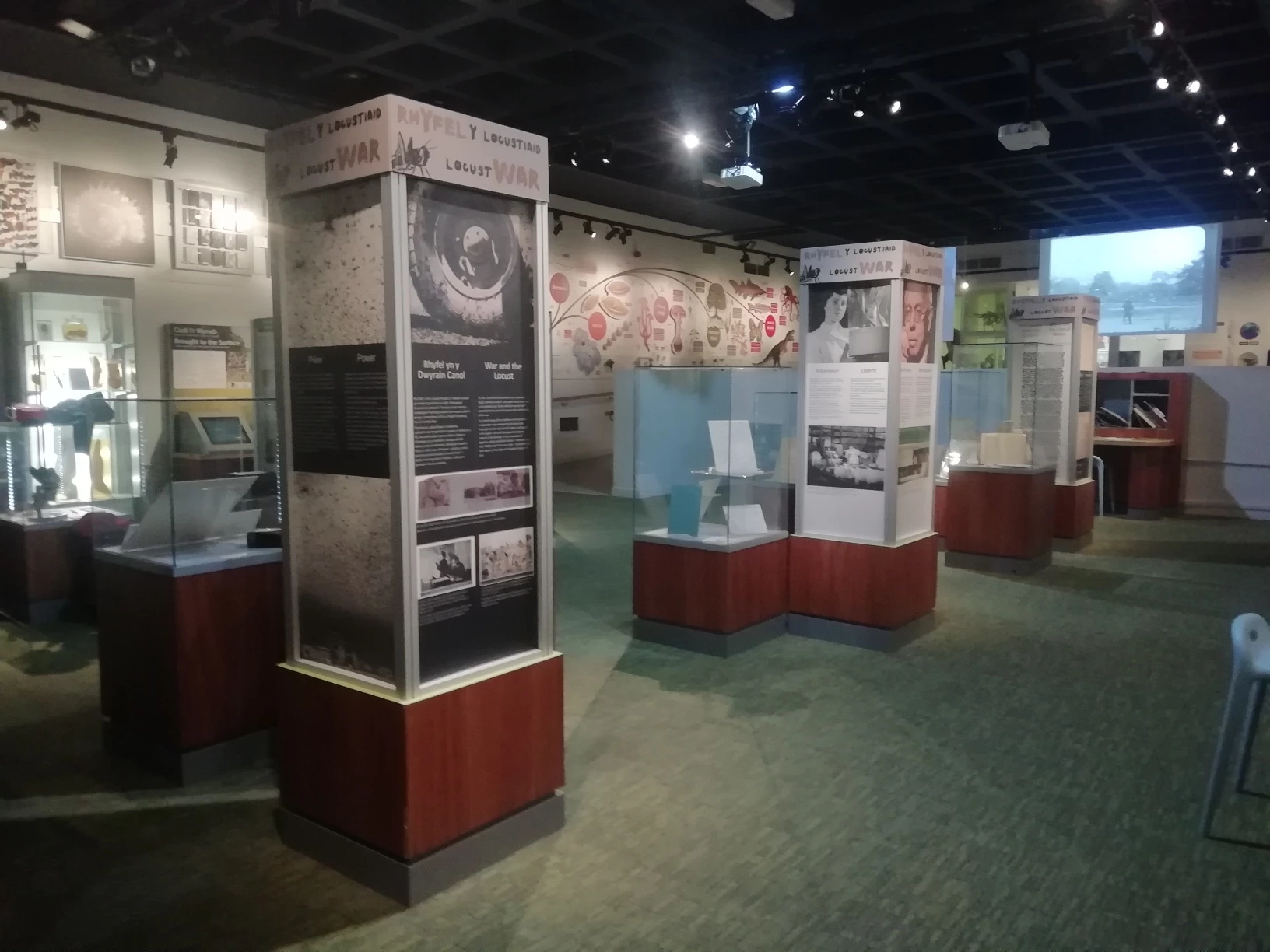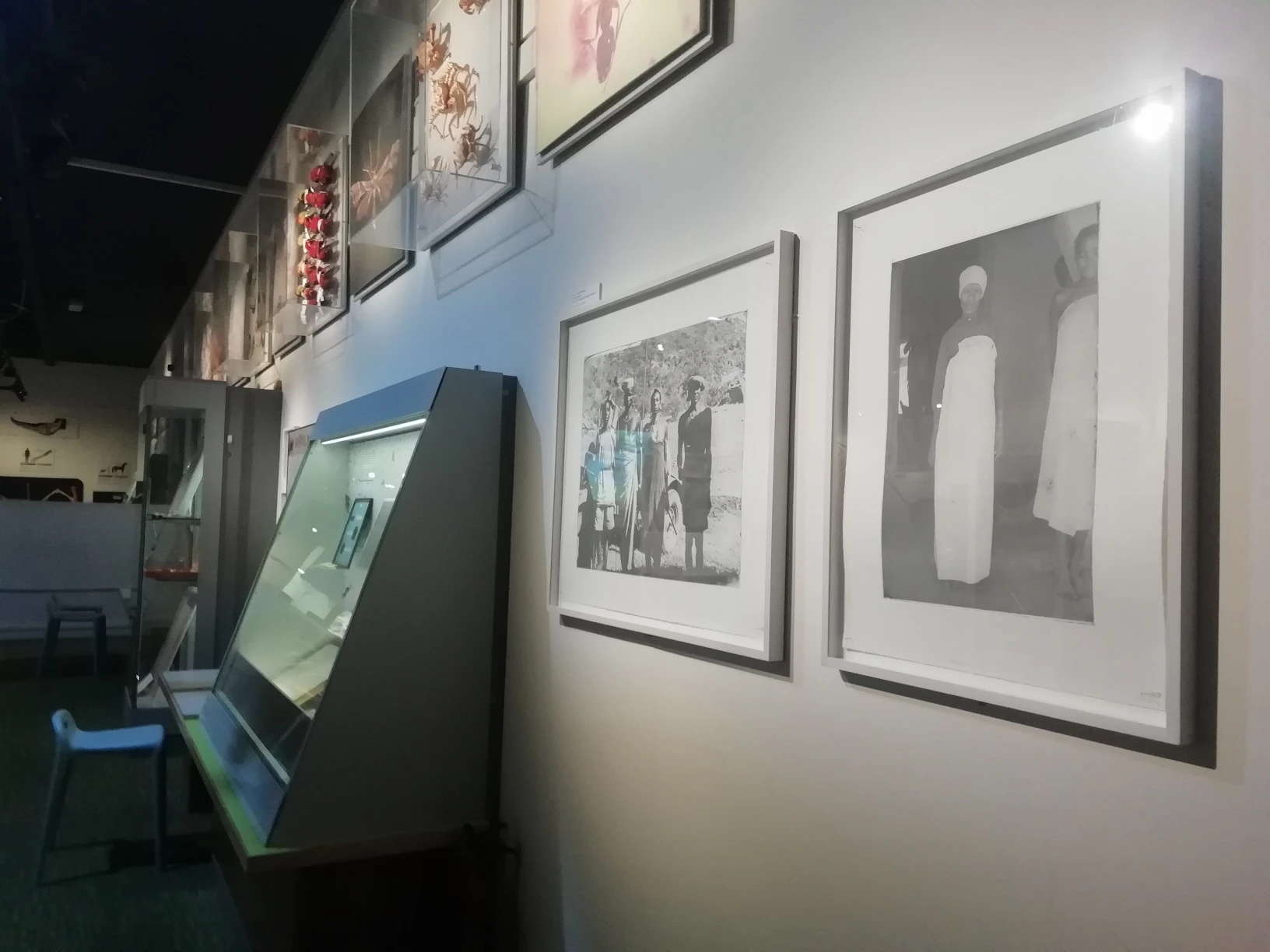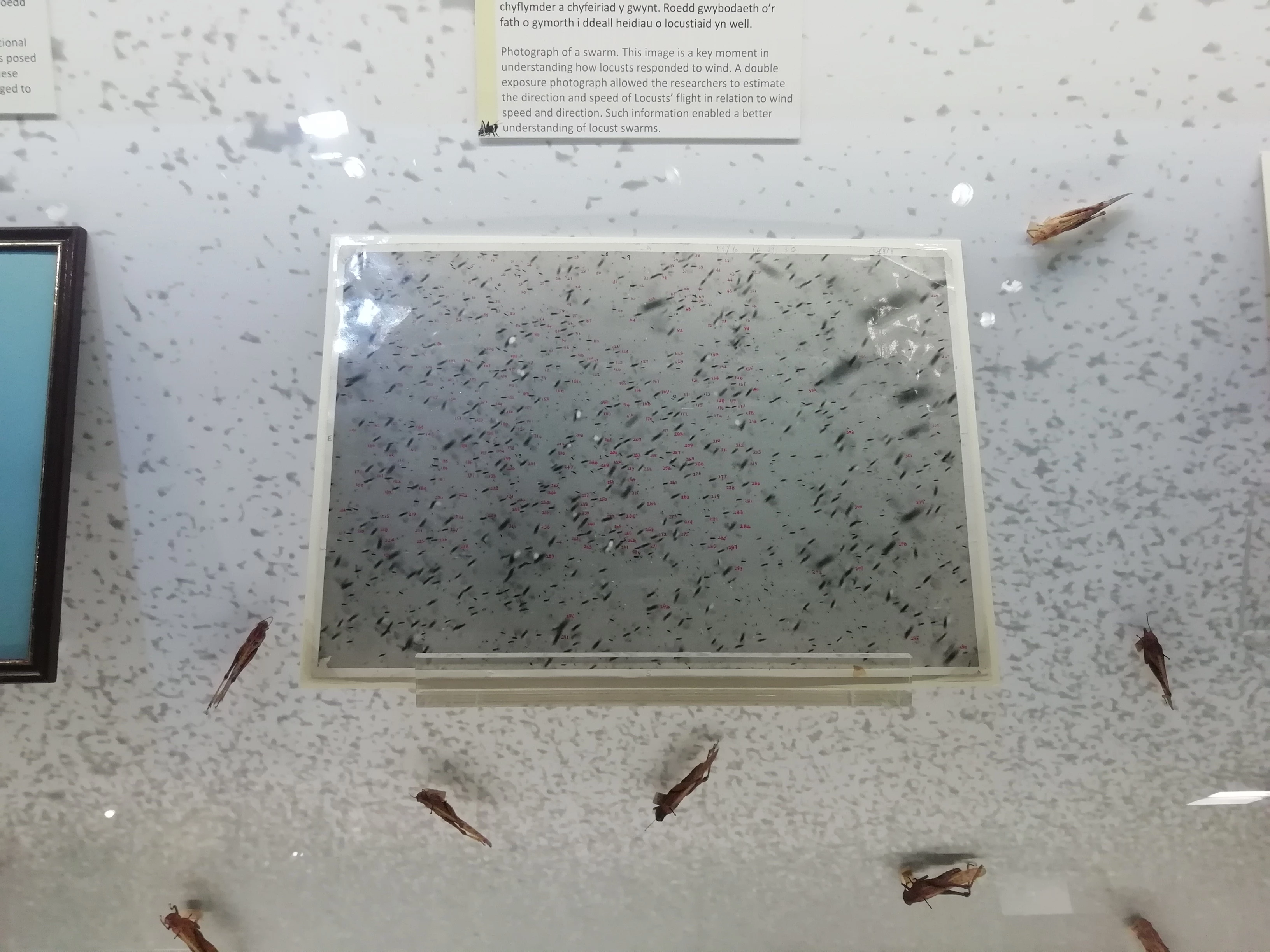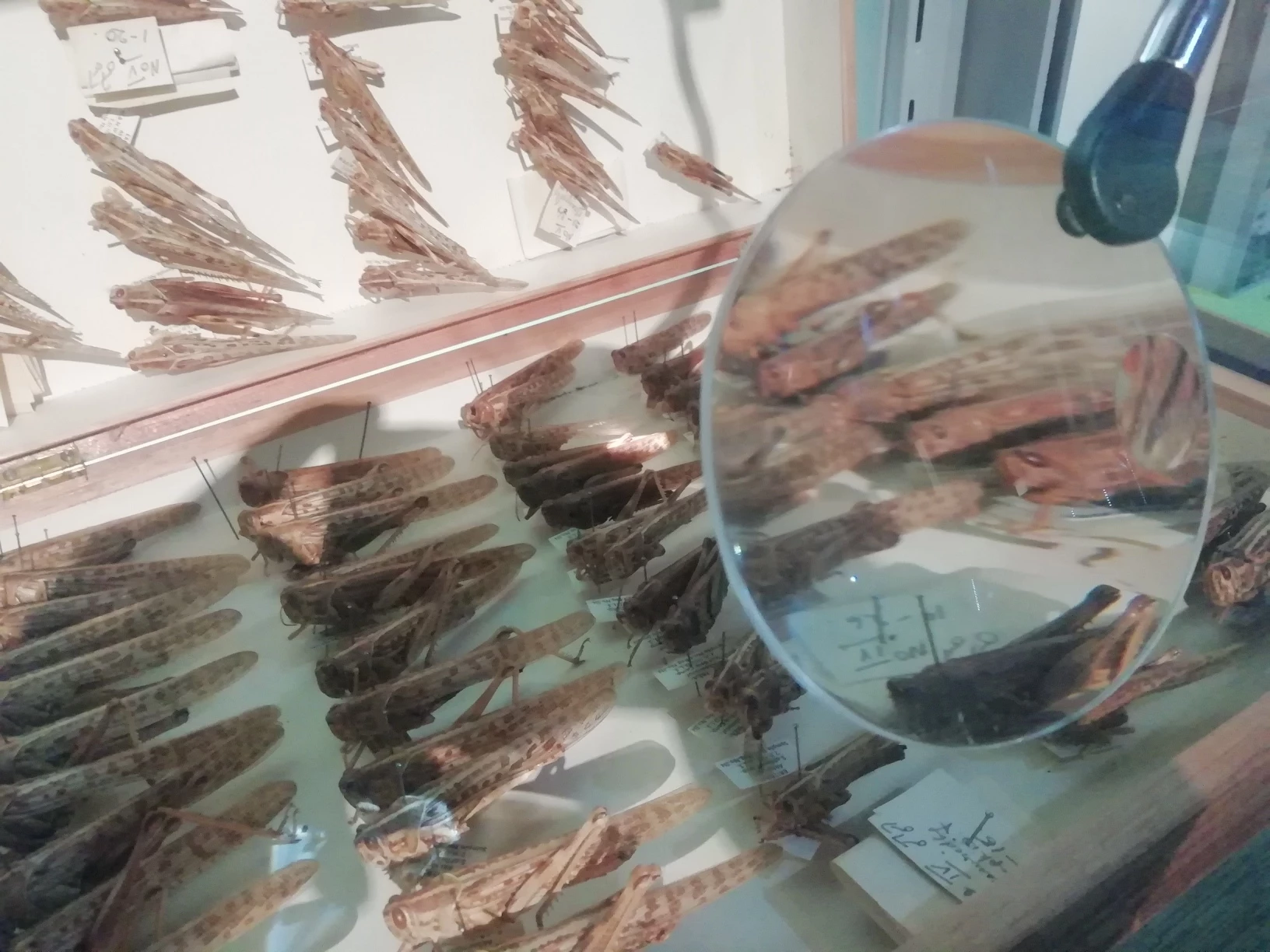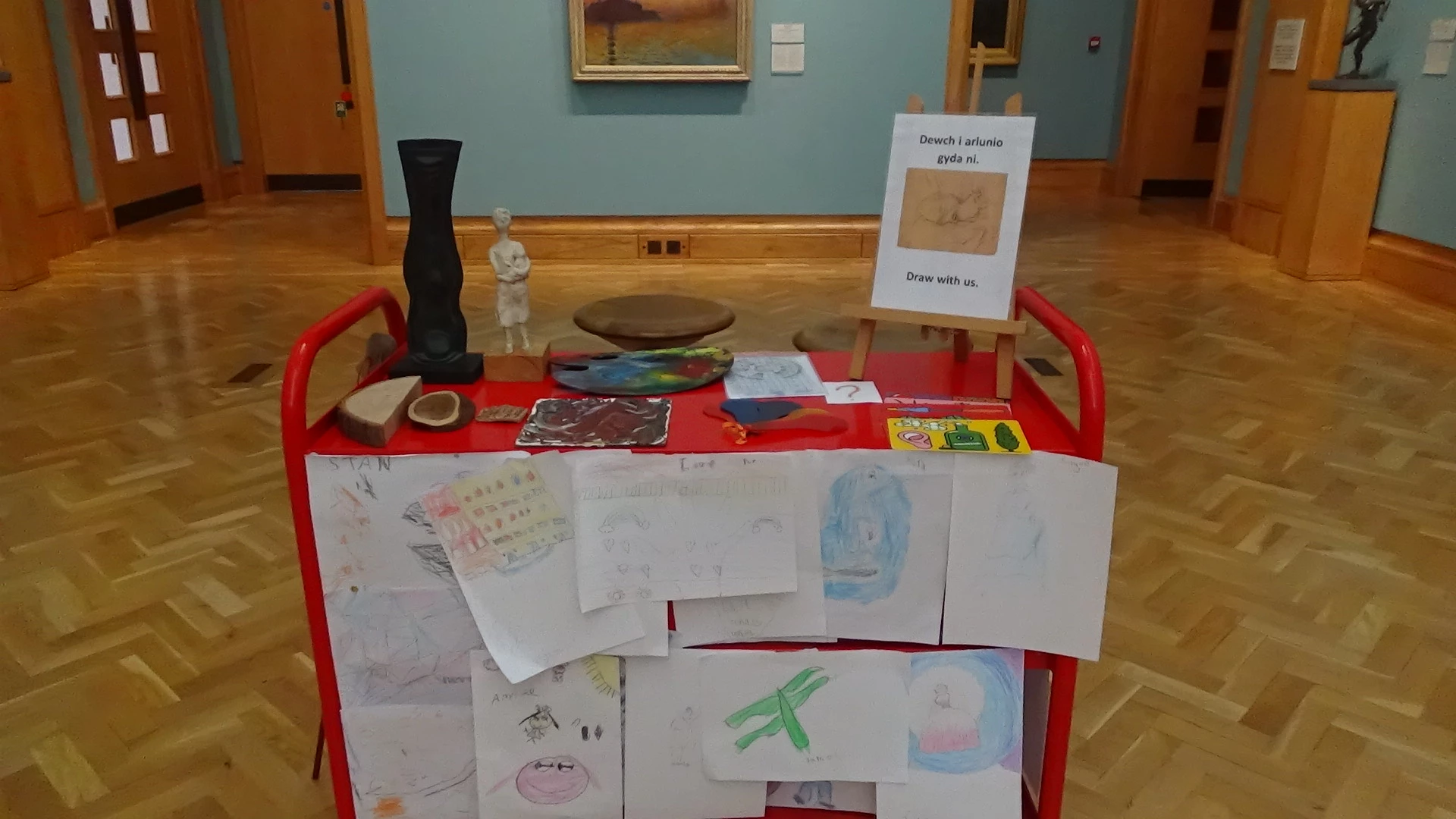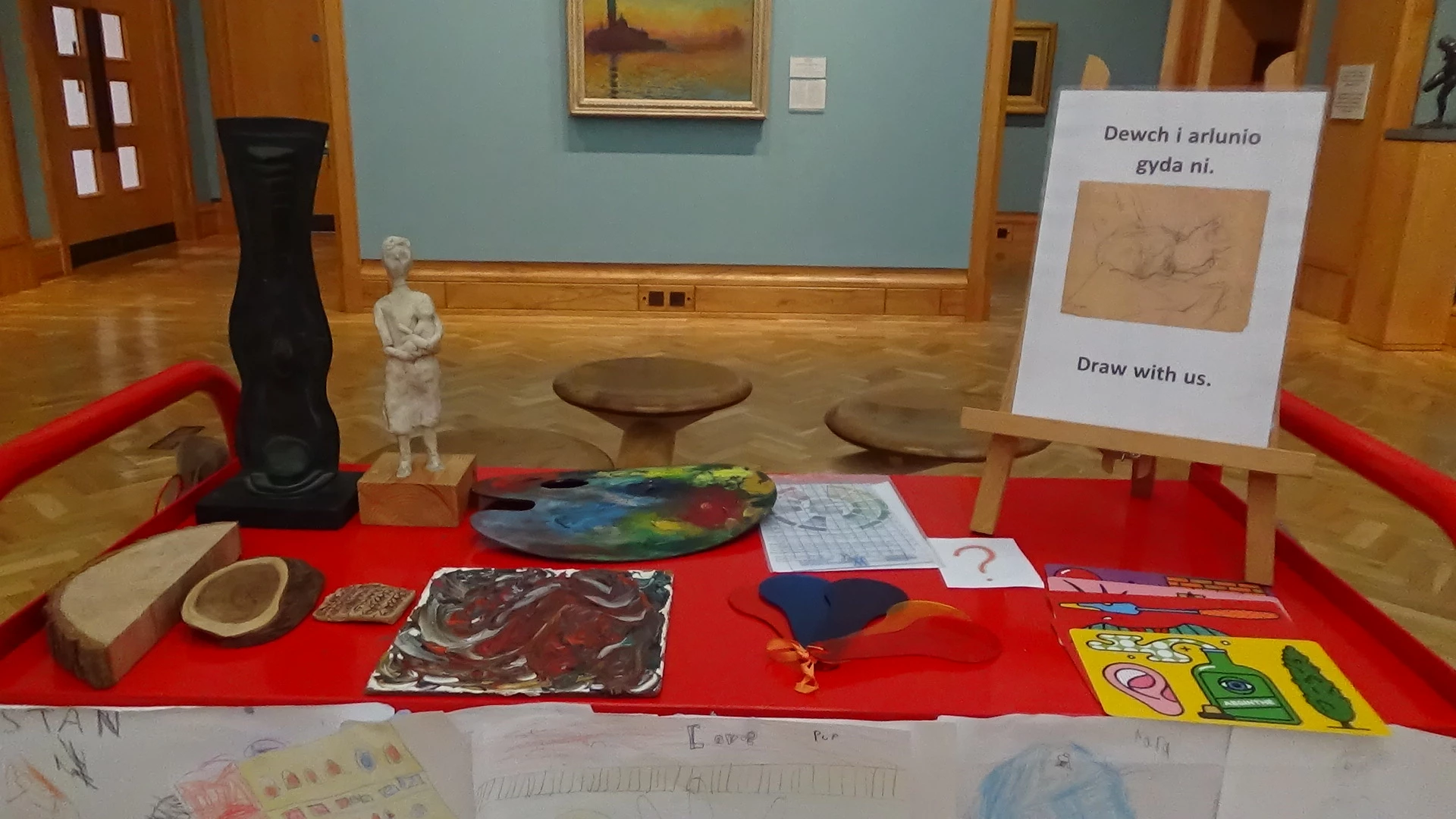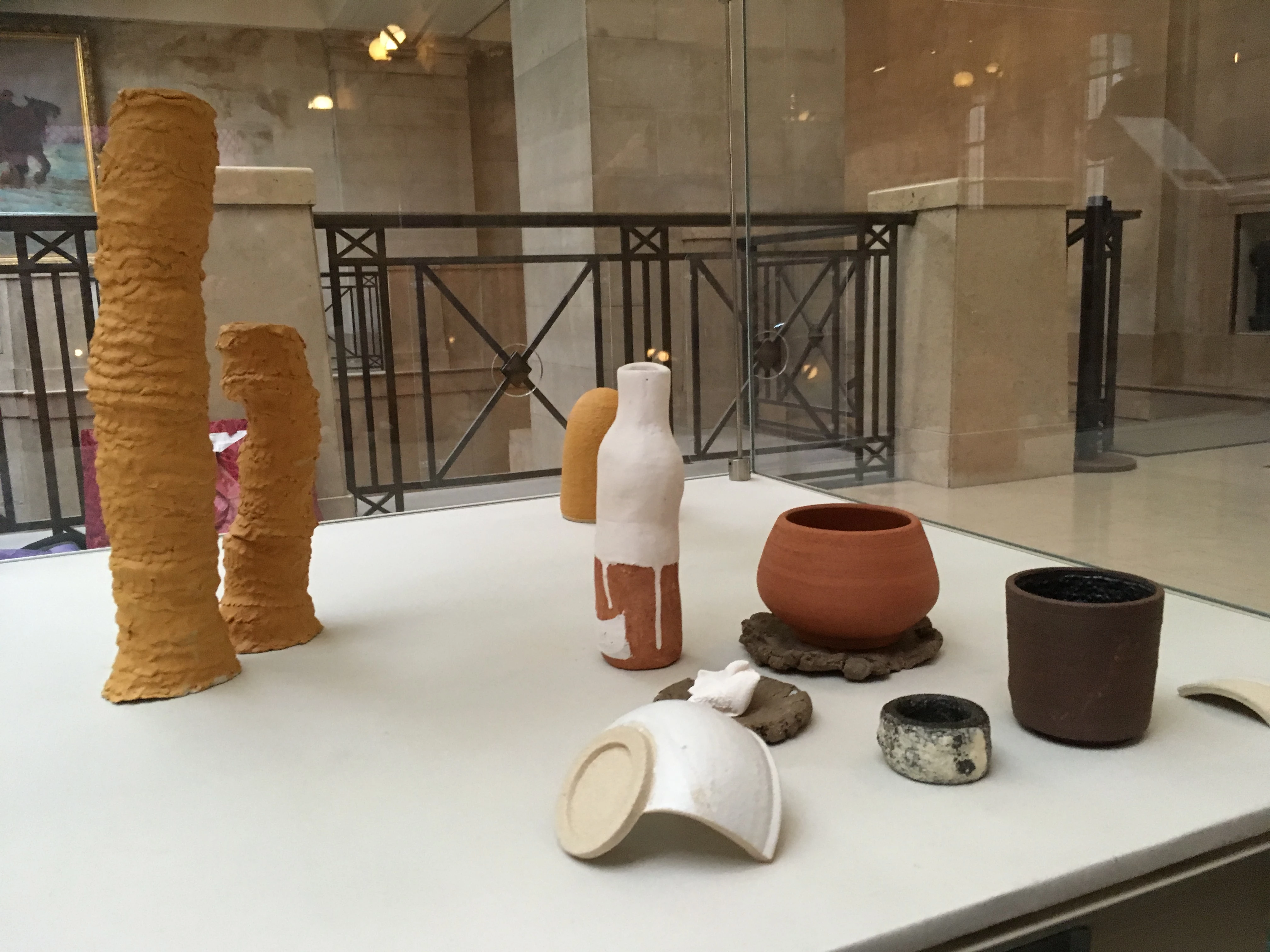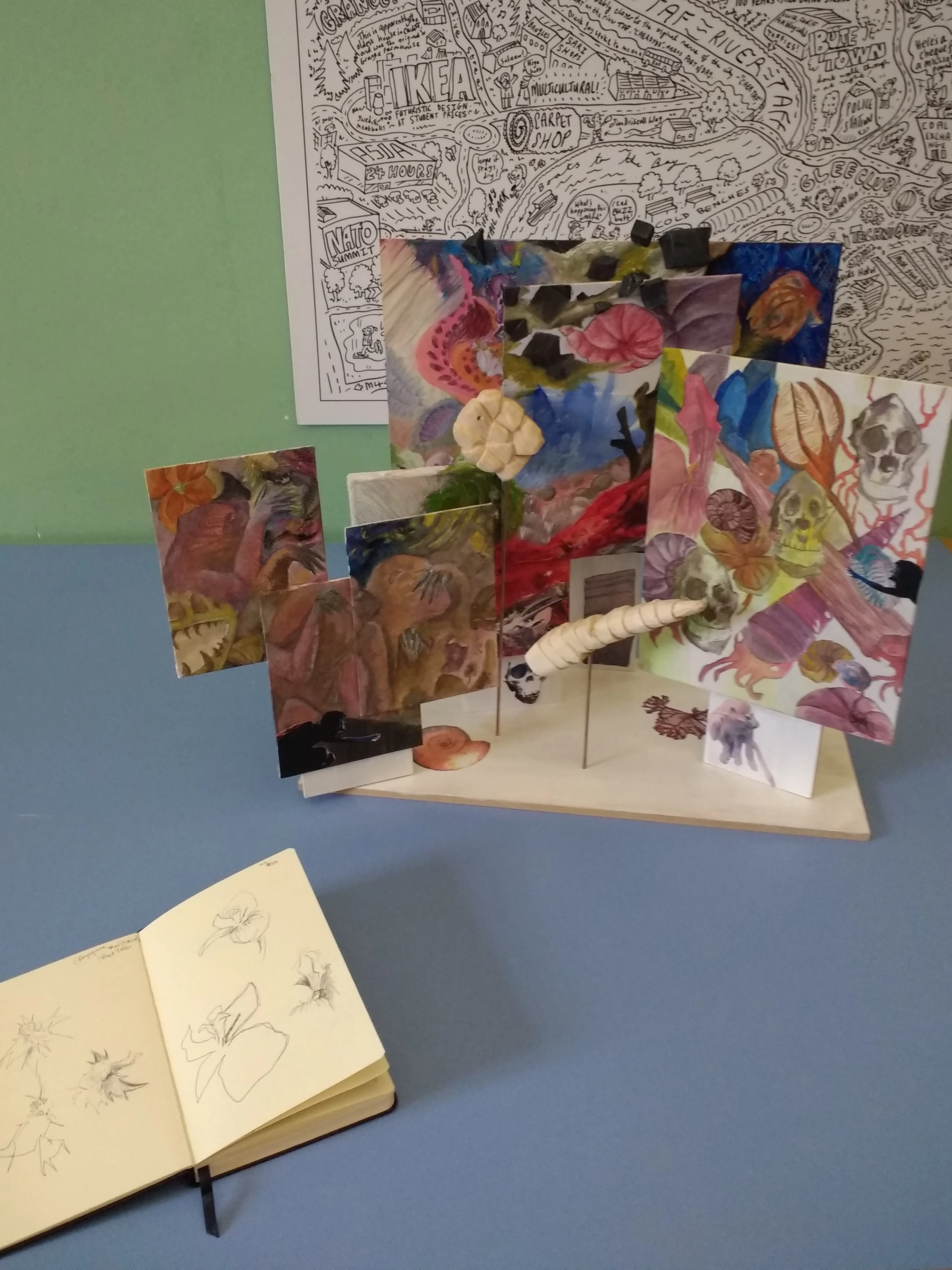Y Cenhedloedd Unedig yn nodi blwyddyn ryngwladol tabl cyfnodol yr elfennau cemegol: Ebrill - calsiwm
, 30 Ebrill 2019
Rydym yn parhau i nodi blwyddyn ryngwladol tabl cyfnodol yr elfennau cemegol ac, ar gyfer mis Ebrill, rydym wedi dewis calsiwm. Mae’r rhan fwyaf o bobl yn gwybod am galsiwm fel yr elfen sylfaenol er mwyn ffurfio esgyrn neu mewn calchfaen ond mae iddo lu o ddibenion eraill ac mae i'w gael ar wely'r môr ac mewn bywyd morol ddoe a heddiw.
Elfen fetelig o liw golau yw calsiwm (Ca) ac 20 yw ei rhif atomig. Mae’n hanfodol ar gyfer bywyd heddiw ac mae’n aml yn chwarae rhan bwysig yn cynnal planhigion ac anifeiliaid. Dim ond pedair elfen arall sy'n fwy cyffredin na chalsiwm yng nghramen y ddaear ac mae’n rhan o lawer o greigiau a mwynau fel calchfaen, aragonit, gypswm, dolomit, marmor a sialc.
Aragonit a calsit yw’r ddwy ffurf grisialog fwyaf cyffredin ar galsiwm carbonad ac fe gyfrannodd y ddwy at ffurfio’r ddwy filiwn o gregyn yn ein casgliad o folysgiaid. Craidd y casgliad hwn yw casgliad Melvill-Tomlin a gyfrannwyd i’r amgueddfa yn y 1950au. Dyma gasgliad rhyngwladol sy’n cynnwys llawer o sbesimenau prin, prydferth sy’n bwysig o safbwynt gwyddonol ac a ddefnyddir gan wyddonwyr o bedwar ban byd ar gyfer eu hymchwil. Caiff perlau, sydd hefyd wedi’u gwneud o aragonit a calsit, eu cynhyrchu gan gregyn deufalf fel wystrys, cregyn gleision dŵr croyw a hyd yn oed gregyn bylchog mawr. Ym myd natur, caiff perlau eu ffurfio wrth i’r molysgiaid ymateb i barasit ymwthiol neu ronyn o raean. Mae’r fantell o gwmpas corff meddal yr anifail yn gollwng calsiwm carbonad a conchiolin sy’n amgylchynu’r peth estron ac yn dynwared ei siâp ac felly nid yw pob un yn hollol grwn. Yn y diwydiant perlau, caiff pelenni bach iawn o gragen eu 'plannu’ yn yr wystrysen neu’r gragen las er mwyn sicrhau bod y berl a ffurfir yn hollol grwn.
Cyrff meddal sydd gan folysgiaid ac maent yn creu cregyn i fod yn darianau amddiffynnol iddynt. Mae hyn yn wir am anifeiliaid di-asgwrn-cefn eraill hefyd, yn enwedig yn y môr. Mae riffiau cwrel a thiwbiau rhai mwydod gwrychog (Serpulidae, Spirorbinae) yn dibynnu ar natur atgyfnerthol calsiwm carbonad i gynnal a gwarchod eu cyrff meddal. Mae gan gramenogion fel crancod a chimychiaid sgerbwd allanol caled sy’n cael ei atgyfnerthu â chalsiwm carbonad a chalsiwm ffosffad. O gastrolithau y daw’r calsiwm y mae ar gimychiaid, cimychiaid coch, cimychiaid afon a rhai crancod tir ei angen ar ôl bwrw’u cragen. (Weithiau, gelwir gastrolithau’n gerrig stumog neu'n llygaid crancod). Maent i’w cael ar y naill ochr a’r llall i’r stumog ac maent yn darparu calsiwm ar gyfer rhannau hanfodol o’r cwtigl fel darnau’r geg a’r coesau. Yng nghasgliad yr Amgueddfa, mae bron 750,000 o anifeiliad morol di-asgwrn-cefn, yn cynnwys cramenogion, cwrelau a mwydod gwrychog.
O fwynau calsiwm y gwnaed llawer o’r 700,000 o ffosilau sydd yng nghasgliadau’r Amgueddfa hefyd. Defnyddir dau brif fath o galsiwm carbonad i wneud cregyn a sgerbydau allanol anifeiliaid di-asgwrn-cefn, ac maent yn fwy tebygol o gael eu hanfarwoli fel ffosilau os defnyddir un ohonynt yn hytrach na’r llall. Mae aragonit, sydd yng nghregyn molysgiaid fel amonitau, gastropodau a chregyn deuglawr, yn ansefydlog ac nid yw’n para am filiynau o flynyddoedd gan amlaf. Wrth ffosileiddio, mae cregyn aragonit naill ai’n ymdoddi’n llwyr, neu mae’r aragonit yn ailgrisialu i ffurfio calsit. Defnyddiwyd calsit i wneud cregyn a sgerbydau grwpiau o gwrelau sydd wedi peidio â bod erbyn hyn, braciopodau cymalog, bryosoaid, ecinodermiaid a’r rhan fwyaf o drilobitau. Mae’n llawer mwy sefydlog nag aragonit ac felly mae darnau caled gwreiddiol o’r creaduriaid yn ymddangos fel ffosilau, filiynau o flynyddoedd ar ôl iddynt suddo i wely’r môr. Yn aml, gwelir grisialau mawr o galsit yn llenwi mannau gwag mewn ffosilau, fel y siambrau y tu mewn i gregyn amonitau. Mae fertebratau’n defnyddio mwyn calsiwm gwahanol i wneud esgyrn a dannedd: apatit (calsiwm ffosffad), a all bara am filiynau o flynyddoedd i wneud ffosilau eiconig fel sgerbydau deinosoriaid ac ysgithrau mamothiaid.
Yng nghasgliadau’r Amgueddfa o greigiau, mae llawer o galchfeini, creigiau a ffurfiwyd ar waelod y môr amser maith yn ôl o ddarnau o gregyn a deunydd arall sy’n cynnwys llawer o galsiwm carbonad. Ers miloedd o flynyddoedd, bu pobl yn defnyddio calchfeini i adeiladu: cerrig cerfiedig yn nhemlau eiconig y Groegiaid a’r Rhufeiniaid; darnau mâl i fod yn falast o dan reilffyrdd a ffyrdd; neu wedi’u llosgi i greu calch i wneud sment. Defnyddiwyd calchfaen enwog o Dorset o’r enw Carreg Portland i adeiladu Amgueddfa Genedlaethol Caerdydd ac adeiladau eiconig eraill yng Nghanolfan Ddinesig Caerdydd. Ar lawr yr Amgueddfa gwelir teils marmor, sef calchfaen a drawsnewidiwyd o dan wres a gwasgedd mawr. Bu cerflunwyr yn hoff iawn o farmor ers dyddiau’r hen Roegiaid a’r Rhufeiniaid. Yng nghasgliadau celf yr Amgueddfa gwelir gweithiau marmor gan Auguste Rodin, John Gibson, Syr Francis Chantrey, Syr William Goscombe John a llawer o rai eraill. Yn ogystal, mae yno enghreifftiau pwysig o waith gan gerflunwyr o’r ugeinfed ganrif, fel Jacob Epstein, Eric Gill a Henri Gaudier-Breszka. Roedd yn well ganddyn nhw gerfio calchfaen feddalach a llai dwys, Carreg Portland a thywodfaen.




